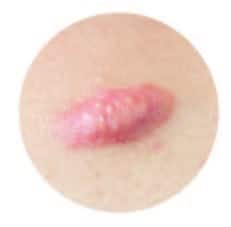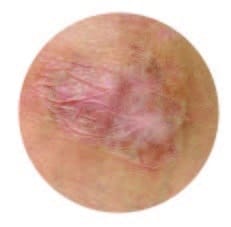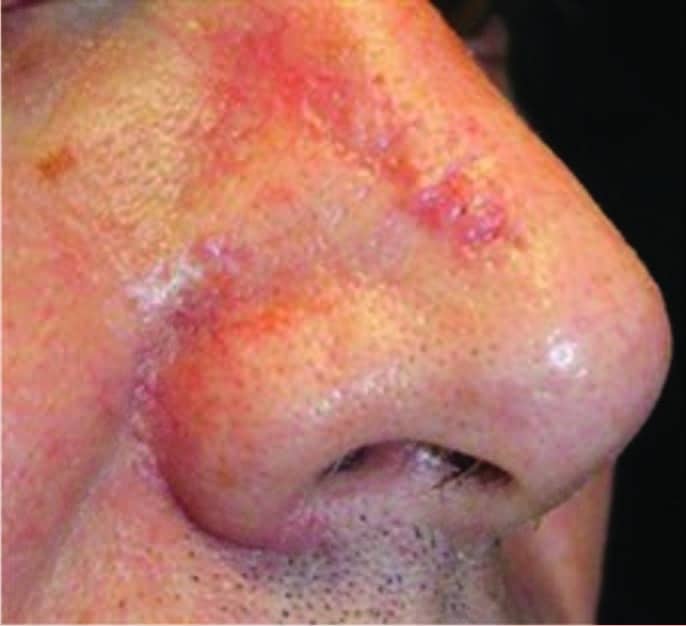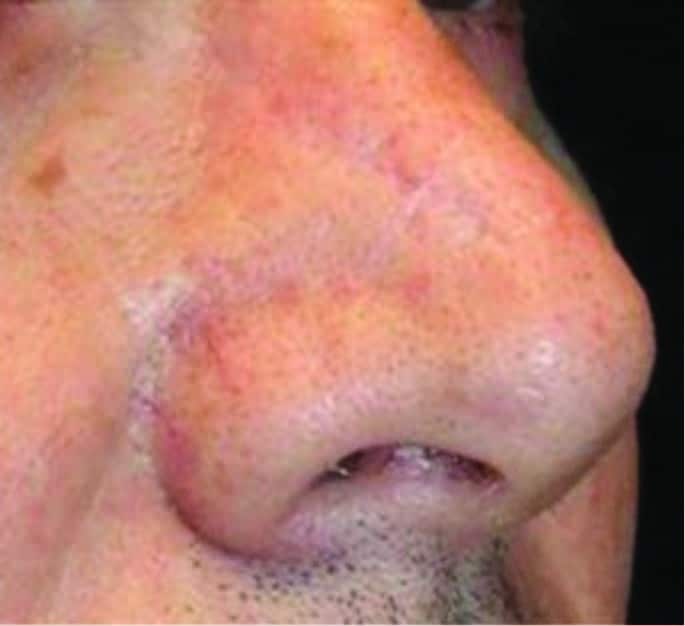Introduction to Surgical Scars:
“Each year in the developed world 100 million patients acquire scars, some of which cause considerable problems, as a result of 55 million elective operations and 25 million operations after trauma. There are an estimated 11 million keloid scars and four million burn scars, 70% of which occur in children.”. There are 3 main types of scars:
Hypertrophic Scars:
- Excessive collagen deposits appear raised, but not to the degree observed with keloids

Keloid Scars:
- Can appear as a firm, rubbery lesion or shiny, fibrous nodules

Contracture Scars:
- Are characterized by extremely tight skin that can restrict your ability to move

Bayat A, McGrouther DA, Ferguson MW. Skin scarring. BMJ. 2003;326(7380):88-92. doi:10.1136/bmj.326.7380.88 https://www.providencefacialplastic.com/scar-revision philadelphia/
Claytor, R. Brannon M.D.; Sheck, Casey Gene D.O.; Chopra, Vinod M.D.. Microneedling Outcomes in Early Postsurgical Scars. Plastic and Reconstructive Surgery: September 2022 – Volume 150 – Issue 3 – p 557e-561e doi: 10.1097/PRS.0000000000009466
Mechanism of Action:
- Mechanically breaks down scar tissue.
- Activates cellular enzymes known as matrix metalloproteinases, or MMPs.
- Remodels scar tissue through the proper deposition of collagen and elastin.
Alster, Tina S. M.D.; Li, Monica Ka Yi M.D. Microneedling of Scars: A Large Prospective Study with Long-Term Follow-Up, Plastic and Reconstructive Surgery: February 2020 – Volume 145 – Issue 2 – p 358-364 doi: 10.1097/PRS.0000000000006462

BEFORE

AFTER
Surgical scar on the nose before (left) and 6 months after (right) two microneedling treatments. Global Assessment Score = 4.
